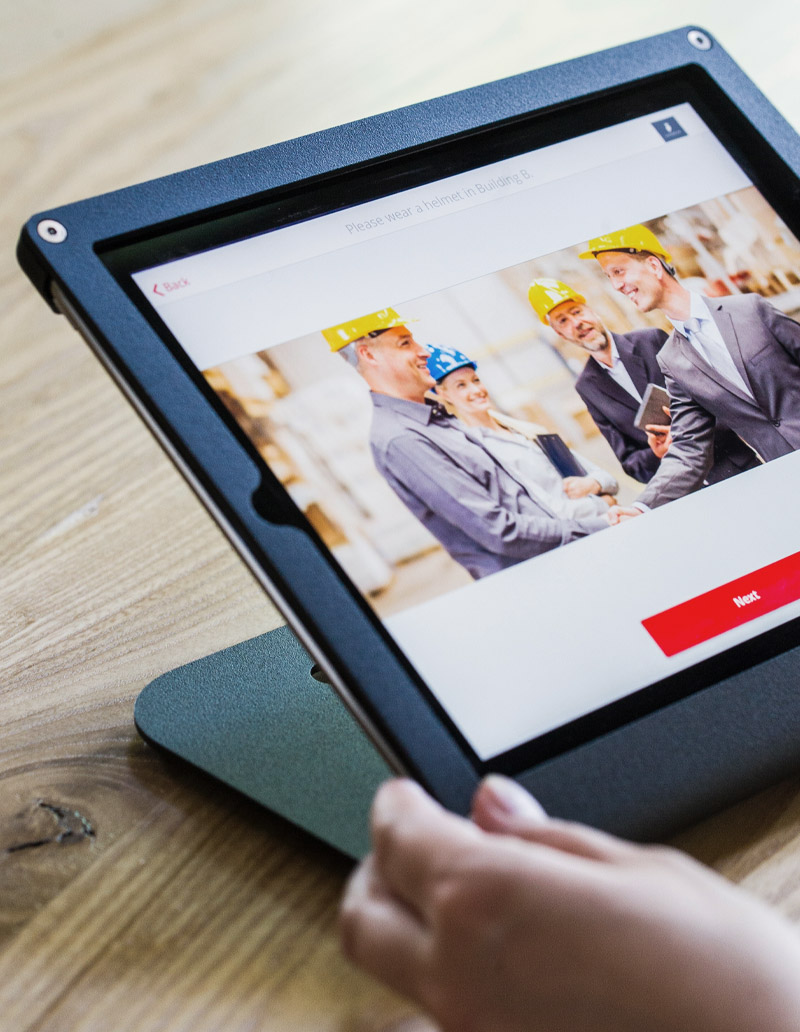Expert Tips: Safety Committee Best Practices Every Workplace Should Follow
Safety committees often get a bad rep for being a group of inaction – doing a whole lot of talking without actually accomplishing anything substantial. Unfortunately… we’ve found this stereotype to be true in most cases.
Fortunately, with a little tweaking, your safety committee can transform into a productive machine for your organization, potentially providing savings equal to the entire room’s salary sum in prevented safety penalties and rate increases. Here are 5 transformative tips you can use in your next safety committee meeting:
1. Treat your safety committee as a leadership team
This may seem like an insignificant change, but we can testify to the effectiveness of this simple tweak in methodology. With all of our clients, we propose a slight shift that often changes the entire orientation of the group: stop referring to your committee as a “committee” and start calling a “leadership team.” This kind of change is important in cultural management, which is a very effective method of creating purpose-driven work. In the case of your committee, calling it a “leadership team” brings an immediate sense of weight and responsibility. Start looking at your members as potential leaders, not simply members of a committee.
2. Select committee members from across functions and roles
To entirely minimize exposure across the facility, a variety of functions and insights must be presented. If the group is comprised of only production team members, then the rest of the facilities’ functions and unique perspectives will not be presented. This will – and yes, it will happen – quickly lead to a snowballing effect of bad safety practices across the entire facilities. An umbrella solution does not exist – please include every department and every cross-functioning personnel. Finally, and most importantly, let everyone speak, and be sure to guide the conversation towards their unique skill-sets.
3. Look for leadership potential, not just technical competence
While this may seem counter-intuitive to tip #2, it only refines the entire committee. Who you select is vitally important – not just the position they hold. The people within this committee are responsible for leading safety in the workplace, so it is vital to select only the most influential members of each department. You’re looking for leaders. Pay attention to your organization’s social interactions – and leverage the influence of the people who others are already looking up to.
4. Let the committee create their purpose statement
The purpose of any committee is to allow collective insight – so let them provide that insight in their own direction. Facilitate the initial setup, then let the team decide what they will do with this committee, what the purpose will be, and how that purpose will be carried forth. Guide very sparsely, and let them take over. Remember, you chose leaders for your committee. Let them lead. You’ve done your part.
5. Invest in and develop committee members
You know as a business that static progression equates to fiscal death – and the same can be applied across your committee. You should always be looking out for, and investing in opportunities to provide your committee members with continued learning, both in safety-specific areas and leadership capabilities. An effective way we’ve seen organizations do this is through a set of safety leadership courses. We guide our clients through a set of five safety leadership courses designed to create a group of leaders, equipped with practical skills in minimizing exposure, and effectively leading their peers. Investing in a similar experience for your committee will guide your entire organization towards success in this area.
Utilizing these 5 practical tips for your safety committee can turn a group of inaction into a meeting point of severe importance and preventative savings. Take these committees seriously; they can quickly become indispensable resources. For any questions or help setting up your own safety committee, feel free to contact us any time during our operating hours.








